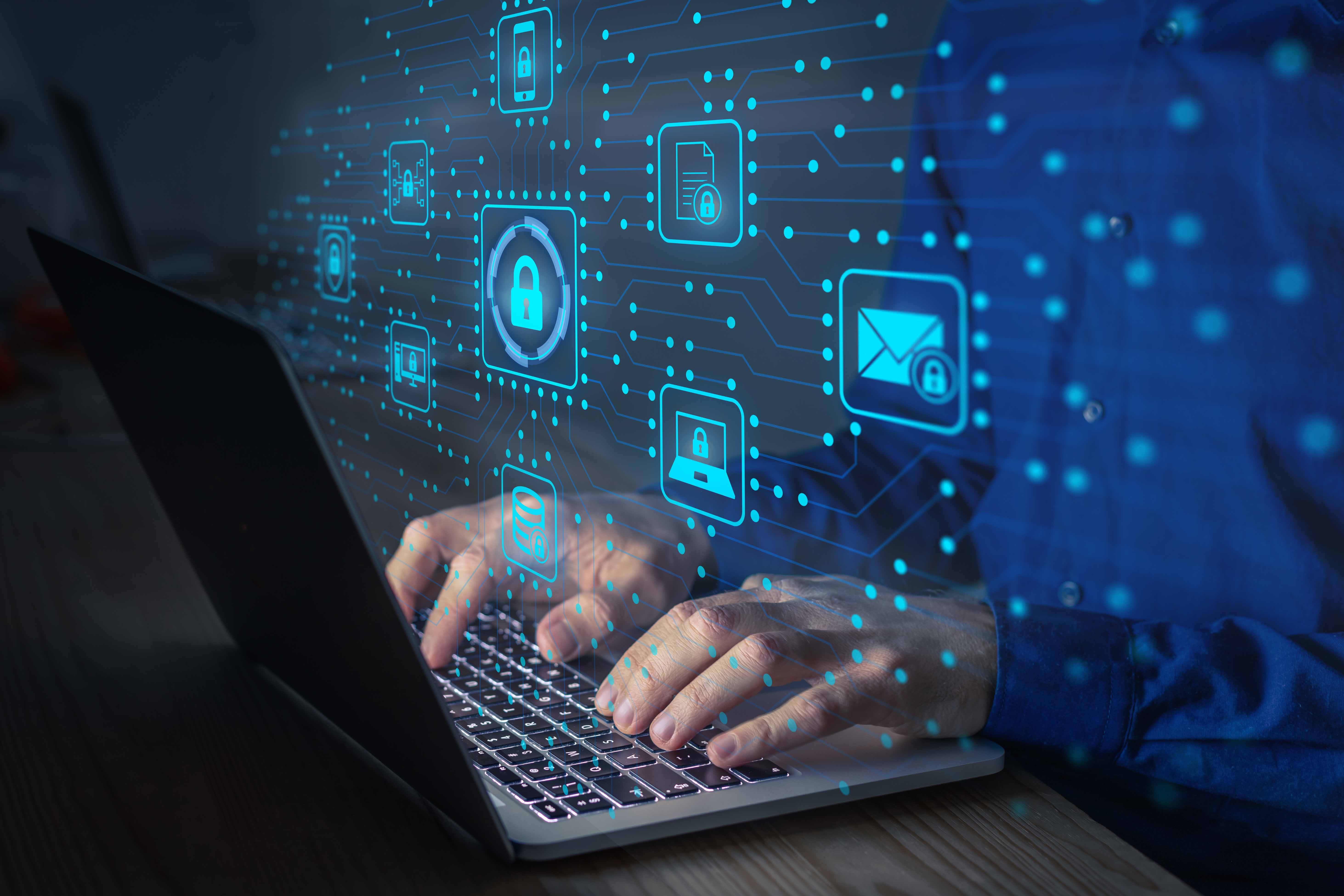What Is
Economics?
Economics is a social science that focuses on the
production, distribution, and consumption of goods and services. The study of
economics is primarily concerned with analyzing the choices that individuals,
businesses, governments, and nations make to allocate limited resources.
Economics has ramifications on a wide range of other fields, including
politics, psychology, business, and law.
KEY TAKEAWAYS
- Economics is the study of how people allocate scarce
resources for production, distribution, and consumption, both individually
and collectively.
- The field of economics is connected with and has
ramifications on many others, such as politics, government, law, and
business.
- The two branches of economics are microeconomics and
macroeconomics.
- Economics focuses on efficiency in production and
exchange.
- Gross Domestic Product (GDP) and
the Consumer Price Index (CPI) are two of the most widely used economic
indicators.
Understanding
Economics
Assuming humans have unlimited wants within a world of
limited means, economists analyze how resources are allocated for production,
distribution, and consumption.
The study of microeconomics focuses
on the choices of individuals and businesses, and macroeconomics concentrates
on the behavior of the economy on an aggregate level.
One of the earliest recorded economists was the
8th-century B.C. Greek farmer and poet Hesiod who wrote that labor, materials,
and time needed to be allocated efficiently to overcome scarcity. The
publication of Adam Smith's 1776 book An Inquiry Into the Nature
and Causes of the Wealth of Nations sparked the beginning of the
current Western contemporary economic theories.1
Microeconomics
Microeconomics studies how individual consumers and firms
make decisions to allocate resources. Whether a single person, a household, or
a business, economists may analyze how these entities respond to changes in
price and why they demand what they do at particular price levels.
Microeconomics analyzes how and why goods are valued
differently, how individuals make financial decisions, and how they trade,
coordinate, and cooperate.
Within the dynamics of supply and demand, the costs of
producing goods and services, and how labor is divided and allocated,
microeconomics studies how businesses are organized and how individuals approach
uncertainty and risk in their decision-making.
Macroeconomics
Macroeconomics is the branch of economics that studies
the behavior and performance of an economy as a whole. Its primary focus is
recurrent economic
cycles and broad economic growth and development.
It focuses on foreign trade, government fiscal and
monetary policy, unemployment rates, the level of inflation, interest rates,
the growth of total production output, and business
cycles that result in expansions, booms, recessions, and
depressions.
Using aggregate indicators, economists use macroeconomic
models to help formulate economic policies and strategies.
What Is the
Role of an Economist?
An economist studies
the relationship between a society's resources and its production or output,
and their opinions help shape economic policies related to interest rates, tax
laws, employment programs, international trade agreements, and corporate
strategies.
Economists analyze economic indicators such as gross
domestic product and the consumer price index to identify potential trends or
make economic forecasts.
According to the Bureau of Labor Statistics (BLS),
38% of all economists in the United States work for a federal or state agency.
Economists are also employed as consultants, professors, by corporations, or as
part of economic think tanks.2
What Are
Economic Indicators?
Economic indicators detail a country's economic
performance. Published periodically by governmental agencies or private
organizations, economic indicators often have a considerable effect on stocks,
employment, and international markets. They may predict future economic
conditions that will move markets and guide investment decisions.
Gross domestic
product (GDP)
The gross domestic product (GDP)
is considered the broadest measure of a country's economic performance. It
calculates the total market value of all finished goods and services produced
in a country in a given year.
Retail sales
Reported by the U.S. Department of
Commerce (DOC) during the middle of each month, the retail sales report
measures the total receipts, or dollar value, of all merchandise sold in
stores.5 Sampling
retailers across the country acts as a proxy of consumer spending levels.
Consumer spending represents more than two-thirds of GDP, proving useful to
gauge the economy's general direction.6
Industrial
production
The industrial production report,
released monthly by the Federal Reserve, reports changes in the production of
factories, mines, and utilities in the U.S. One measure included in this report
is the capacity
utilization rate, which estimates the portion of productive capacity
that is being used rather than standing idle in the economy. Capacity
utilization in the range of 82% to 85% is considered "tight" and
can increase the likelihood of price increases or supply shortages in the near
term. Levels below 80% are interpreted as showing "slack" in the economy,
which may increase the likelihood of a recession.
Employment Data
The Bureau of Labor Statistics releases employment data
in a report called the nonfarm
payrolls on the first Friday of each month. Sharp
increases in employment indicate prosperous economic growth and potential
contractions may be imminent if significant decreases occur. These are
generalizations, however, and it is important to consider the current position
of the economy.
Consumer Price
Index (CPI)
The Consumer
Price Index (CPI), also issued by the BLS, measures the level of
retail price changes, and the costs that consumers pay, and is the benchmark
for measuring inflation.
Using a basket that
is representative of the goods and services in the economy, the CPI compares
the price changes month after month and year after year. This report is an
important economic indicator and its release can increase volatility in equity,
fixed income, and forex markets. Greater-than-expected price increases are
considered a sign of inflation, which will likely cause the underlying currency
to depreciate.
Economic
Systems
Five economic systems illustrate historical practices
used to allocate resources to meet the needs of the individual and society.
Primitivism
In primitive agrarian societies, individuals produced
necessities from building dwellings, growing crops, and hunting game at the
household or tribal level.
Feudalism
A political and economic system of Europe from the 9th to
15th century, feudalism was defined by the lords who held land and leased it to
peasants for production, who received a promise of safety and security from the
lord.
Capitalism
With the advent of the industrial revolution, capitalism
emerged and is defined as a system of production where business owners organize
resources including tools, workers, and raw materials to produce goods for
market consumption and earn profits. Supply and demand set prices in markets in
a way that can serve the best interests of society.
Socialism
Socialism is
a form of a cooperative production economy. Economic socialism is a system
of production in which there is limited or hybrid private ownership of the
means of production. Prices, profits, and losses are not the determining
factors used to establish who engages in the production, what to produce and
how to produce it.
Communism
Communism holds
that all economic activity is centralized through the coordination of
state-sponsored central
planners with common ownership of production and distribution.
Schools of
Economic Theory
Many economic theories have evolved as societies and
markets have grown and changed. However, three disciplines of economics,
neoclassical, Keynesian, and Marxian, have influenced modern society.
The principles of neoclassical economics are often used
as a framework to illustrate the virtues of capitalism, including the tendency of
market prices to reach equilibrium as the volume of supply and demand changes.
The optimal valuation of resources emerges from the forces of individual desire
and scarcity.
John Maynard Keynes developed the theory of Keynesian
economics during the Great Depression. Arguing against neoclassical theory,
Keynes showed that restrained markets and government intervention in markets
create a stable and equitable economic system. He advocated for a monetary
policy designed to boost demand and investor confidence during economic
downturns.
Marxian economics is defined in Karl Marx's work Das
Kapital. Marxian economics is a rejection of the classical view
of economics, arguing against the idea that the free market, an economic system
determined by supply and demand with little or no government control, benefits
society. He espoused that capitalism only benefits a select few and that the
ruling class becomes richer by extracting value out of cheap labor provided by
the working class.
What Is a
Command Economy?
A command economy is an economy in which production,
investment, prices, and incomes are determined centrally by a government. A
communist society has a command economy.
What Is
Behavioral Economics?
Behavioral economics combines psychology, judgment,
decision-making, and economics to understand human behavior. Branches of
economic thought continue to grow and change. One such example is the
progressive branch of bioeconomics that
models economic decisions in terms of managing resources.
Who Has
Influenced the Study of Economics in the 21st Century?
Since 2000, several economists have won the Nobel Prize
in economics, including David Card for his contributions to labor economics,
Angus Deaton for his study of consumption, poverty, and welfare, and Paul
Krugman for his analysis of trade patterns.
The Bottom Line
Economics is a branch of the social sciences focused on
the production, distribution, and consumption of goods and services.
Microeconomics is a type of economics that is concerned with the behavior of
individual people and businesses, while macroeconomics considers broader trends
affecting nations and larger economies. In the U.S., a number of key economic
indicators, including GDP and CPI, are important tools for economists to measure
trends and make forecasts.










